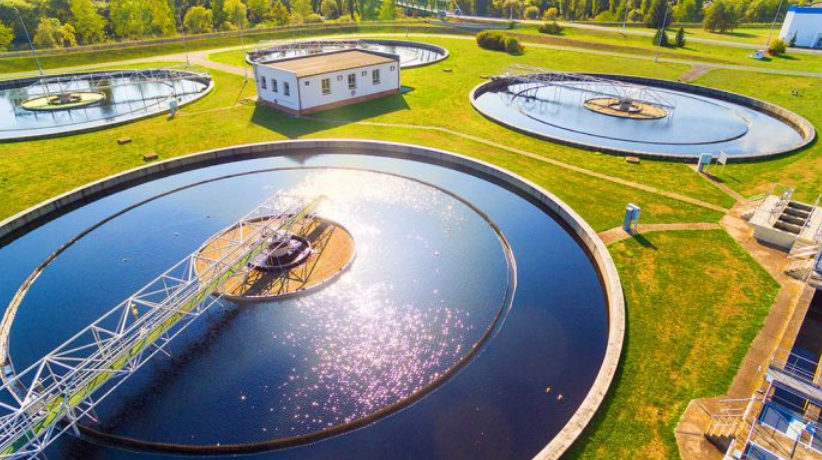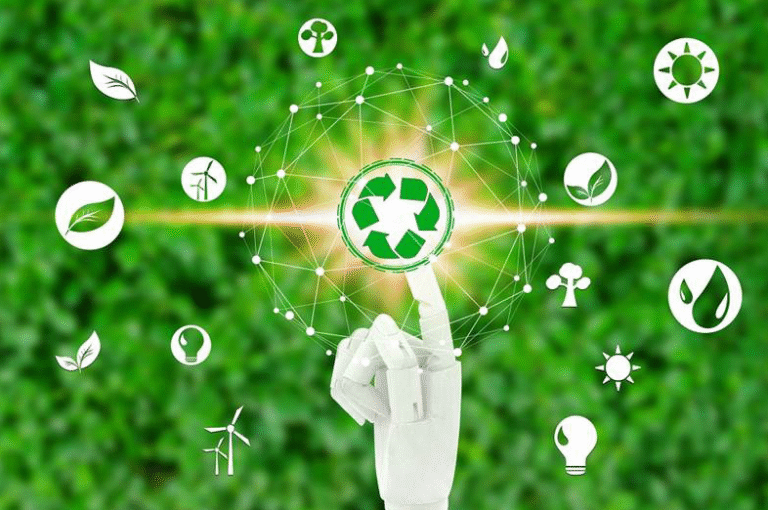How Tech Is Helping to Solve Global Water Scarcity
Technology is increasingly recognized as a key player in combating global water scarcity. Innovations in smart irrigation systems and advanced desalination methods are transforming how water is utilized. Additionally, water recycling techniques are turning wastewater into a resource. The integration of IoT and data analytics further enhances water management strategies. These developments raise important questions about their long-term impact and sustainability. What challenges remain as these technologies continue to evolve?
Smart Irrigation Technologies
A growing number of agricultural stakeholders are increasingly adopting smart irrigation technologies to combat water scarcity and enhance crop productivity.
Drip irrigation systems, a cornerstone of precision farming, deliver water directly to the plant roots, minimizing waste and optimizing resource use.
These innovations not only promote sustainable practices but also empower farmers to make informed decisions, ultimately fostering a more resilient agricultural landscape.
Advanced Desalination Methods
Innovations in agricultural water management, such as smart irrigation technologies, highlight the pressing need for diverse solutions to address global water scarcity.
Advanced desalination methods, including solar desalination and cutting-edge membrane technology, present promising avenues for converting seawater into potable water.
These techniques not only enhance freshwater availability but also align with sustainable practices that empower communities to reclaim their water resources effectively.
Water Recycling and Reuse Innovations
Transforming wastewater into a valuable resource, water recycling and reuse innovations are becoming essential in combating global water scarcity.
Greywater systems, designed to treat and repurpose household wastewater, exemplify this shift. Enhanced wastewater treatment technologies not only minimize environmental impact but also foster sustainable water practices.
This empowers communities to reclaim vital resources and promote a culture of conservation in an increasingly water-scarce world.
See also: How Tech Is Helping to Bridge the Education Gap
IoT and Data Analytics for Water Management
As water recycling and reuse practices gain traction in addressing water scarcity, the integration of IoT and data analytics emerges as a powerful complement to these efforts.
Sensor networks enable real-time monitoring of water resources, while predictive analytics forecast usage patterns, optimizing allocation.
This synergy empowers communities to make informed decisions, ultimately enhancing water management and promoting sustainable practices that champion individual freedom and environmental stewardship.
Conclusion
As technology advances, the stark contrast between water abundance and scarcity becomes increasingly apparent. Smart irrigation systems and advanced desalination methods stand as beacons of hope, transforming arid landscapes into fertile ground. Meanwhile, water recycling innovations reflect a shift from waste to resource. In this juxtaposition, the integration of IoT and data analytics emerges as a critical link, empowering communities to navigate the complexities of water management. Together, these solutions illuminate a path toward a sustainable future amid growing challenges.




